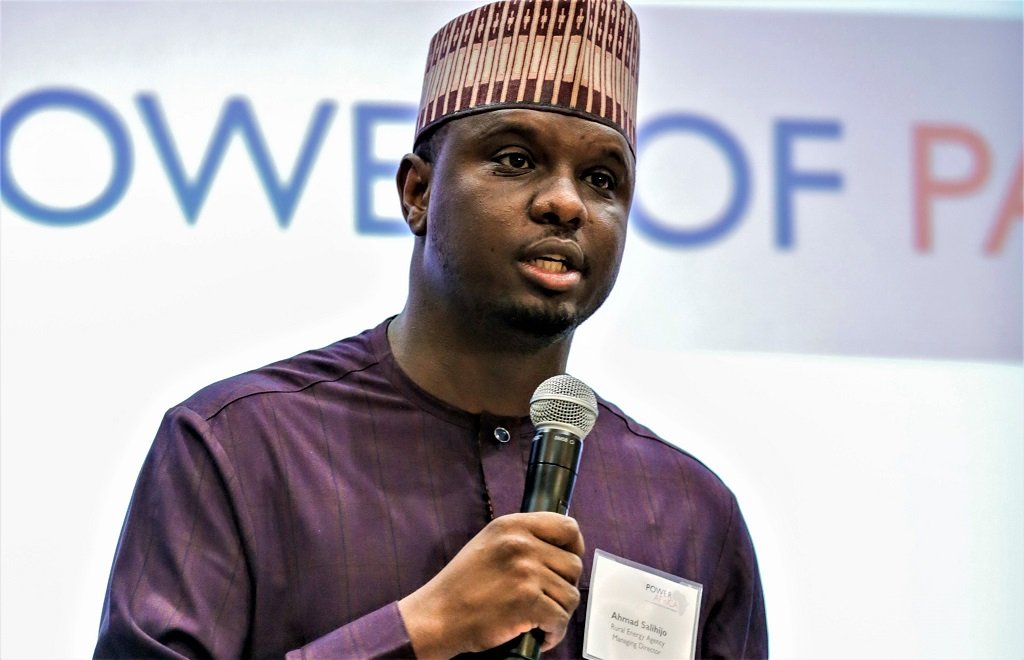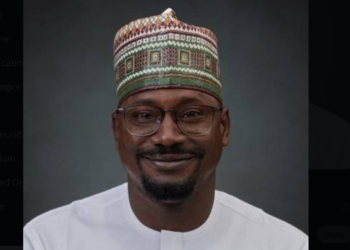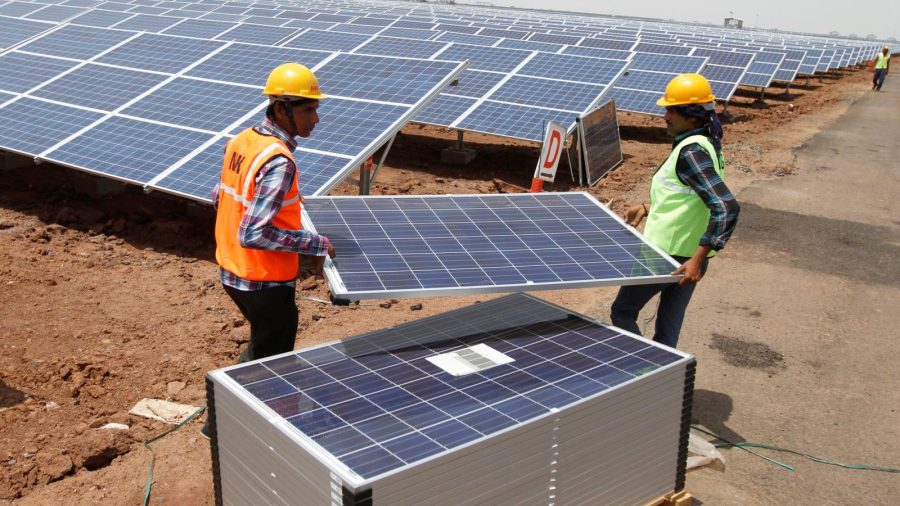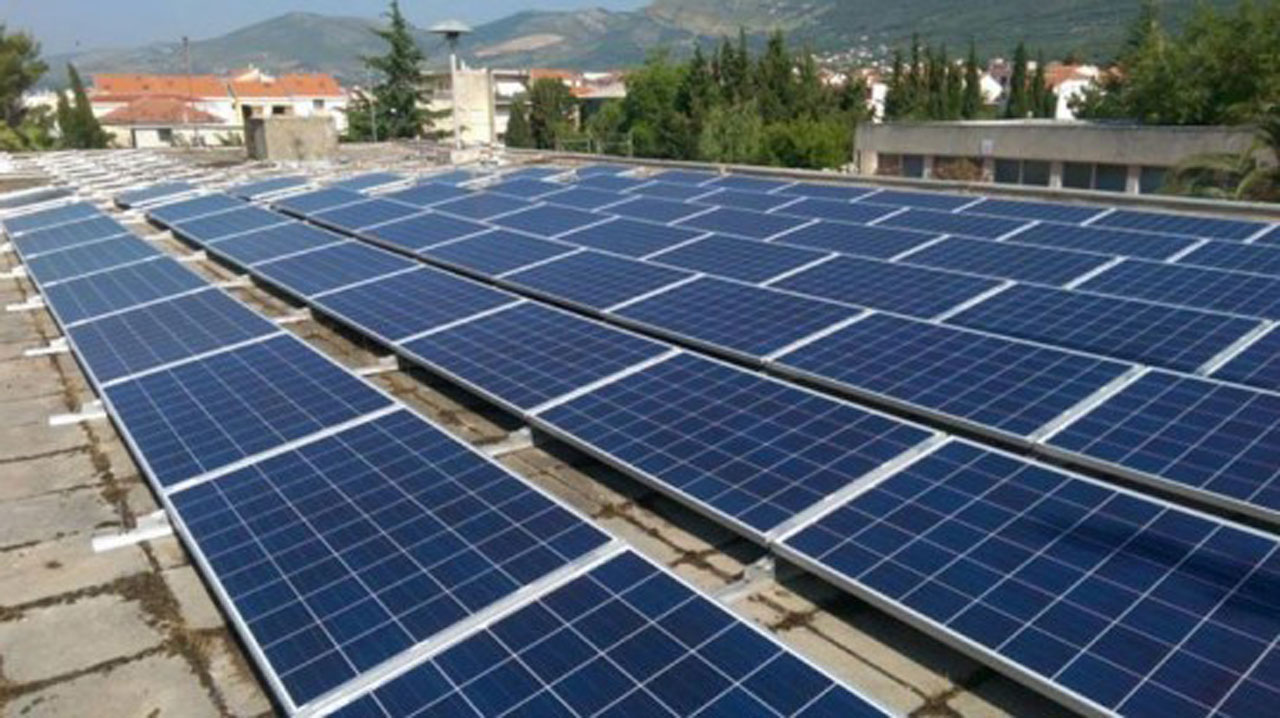Engr. Ahmad Salihijo Ahmad is the managing director/chief executive officer (CEO) of the Rural Electrification Agency (REA). On September 29, the REA launched the four-year Africa mini-grids programme (AMP). The programme will support access to clean energy by increasing financial viability and promoting scaled-up commercial investment in renewable energy mini-grids, with a focus on cost-reduction levers and innovative business models.
In order to better understand how this project will be implemented, Nairametrics got in touch with Engr. Ahmad Salihijo Ahmad to share some insights on the programme.
Excerpts:
How will the AMP be implemented in Nigeria?
The estimated cost of the implementation of the AMP is $5.91 million. It will be implemented in two ways; first, we will deploy pilot mini-grids by providing partial capital expenditure (CAPEX) grants and technical assistance to mini-grid project developers to achieve the electrification of rural communities and agricultural value chains and establish the most appropriate solutions and business models for scaling up.
The AMP will amplify the knowledge gained from the pilot mini-grid programme, with digital support through market intelligence, capacity building, and the lessons learned, as well as a replication plan and financing scheme for scaling up investments.
The AMP will be implemented across Nigeria’s six geopolitical zones. The sites will be selected after feasibility studies are conducted. The AMP implementation will cut across the entire 4-year period. Mini-grids will be built in the second and third years of the programme.
In order to unlock opportunities for the private sector and mobilize investment capital (local and international), a market-based approach is a necessary condition to achieve 90% electrification, and this programme and all REA programmes and initiatives are contributing to achieving this.
What agencies will REA be working with to implement the AMP?
To implement the AMP, the REA, United Nations Development Programme (UNDP) and the Global Environment Facility (GEF) will be working with all relevant stakeholders.
The Federal Ministry of Agriculture, Water Resources, and their relevant agencies and programmes. The AMP is implemented at the intersection of power and agriculture so all relevant agencies will be involved in various capacities. They were all represented at the inception workshop to mark the beginning of the collaboration.
The GEF is a multilateral environmental fund that provides grants and blended finance for projects related to biodiversity and climate change. The UNDP is a United Nations agency tasked with helping countries eliminate poverty and achieve sustainable economic growth and human development.
How many jobs will the AMP implementation provide for Nigerians?
Over 70,000 people will be impacted by the AMP. Jobs will be created during project development, operations and the productive use businesses that will be created from the project. We do not have any estimates for now but the solar industry is renowned for creating jobs (installers, maintenance etc.). There will also be value creation from the availability of electricity.
Why should Nigerians care about the AMP?
Nigerians should care about the AMP implementation because of the social and economic impacts of the electrification of communities across all the geopolitical zones and their productive activities and businesses. The pilot mini-grid projects I mentioned, in the beginning, are meant to demonstrate viable business models and solutions that will then catalyze private investments and increase energy access across the country. The projects are designed to unlock private finance. Co-financing is estimated at $96.5 million.
Will the AMP still be active in 2023 when a new government administration comes in?
The programme is funded by the GEF and supported by the UNDP – to contribute to climate change mitigation to achieve our nationally determined contribution (NDC). This is a part of an Africa-wide programme (across 21 African countries) and Nigeria is a signatory to the Paris Agreement and recently pledged net-zero emissions by 2060. These programmes as well as other similar ones are designed for socioeconomic impact and targeted at national development.



















